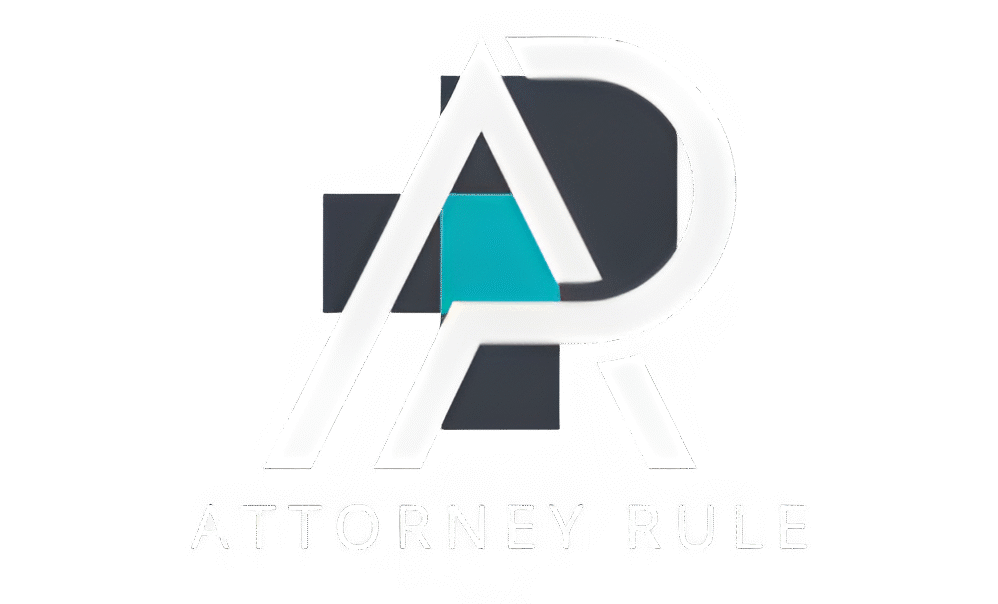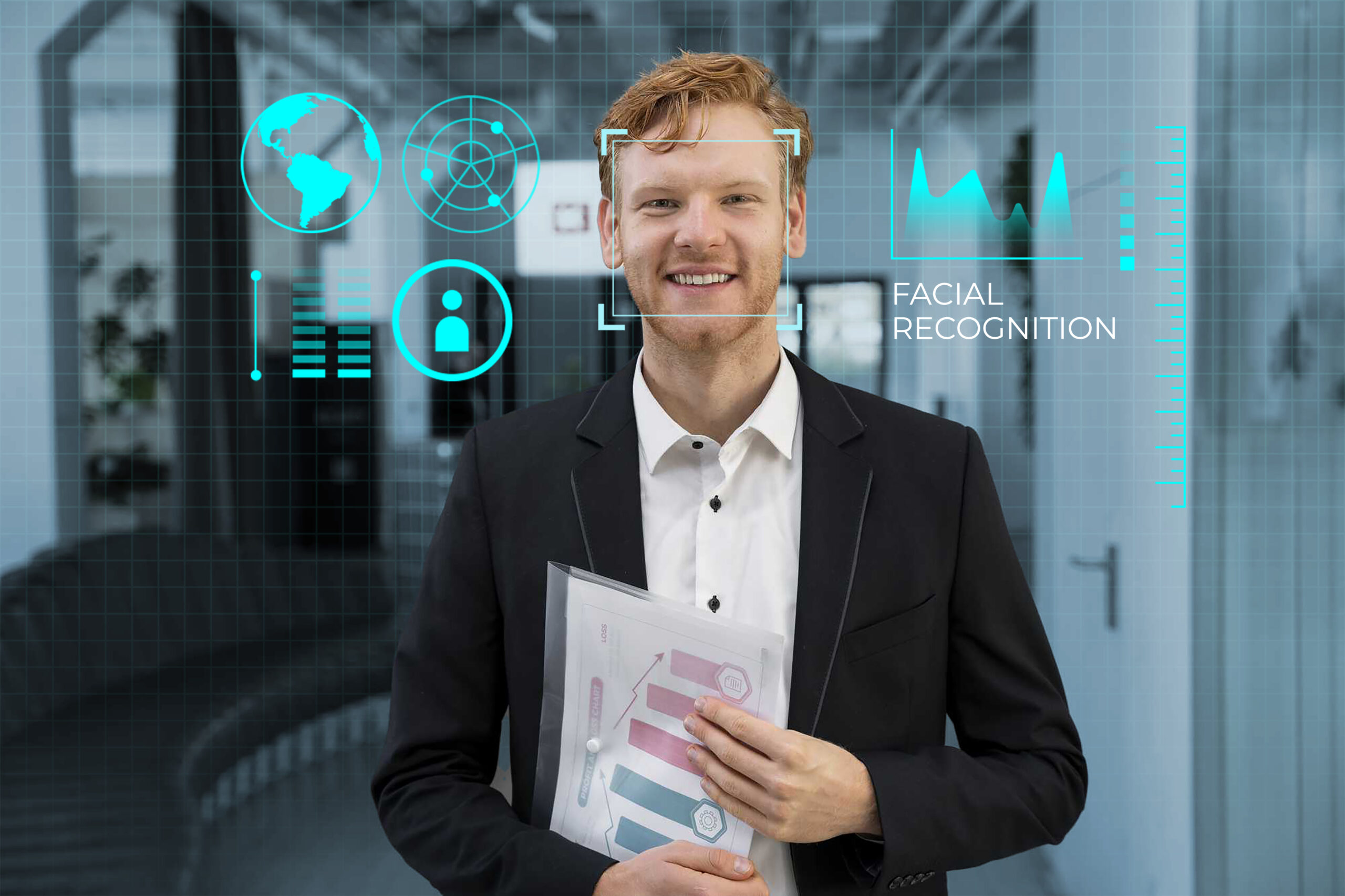In the modern legal world, artificial intelligence (AI) is transforming many traditional roles—and paralegals are no exception. “Paralegal AI” refers to systems and tools that augment, automate, or assist the work traditionally done by paralegals: verifying client identity, detecting fraud, flagging phishing, conducting legal research, summarizing documents, drafting routine materials, managing cases, and ensuring compliance. As law firms and legal departments seek greater efficiency, reduced costs, and improved accuracy, paralegal AI is rapidly becoming a valuable part of their workflow.
What Can Paralegal AI Do?
Paralegal AI systems use technologies such as natural language processing, machine learning, voice recognition, and anomaly detection to assist or automate everyday legal tasks. These capabilities include identity verification, fraud detection, document review, drafting, legal research, and compliance monitoring.
Identity Verification and Fraud Detection: Paralegal AI can confirm client identities using biometric data, document analysis, and database checks. It can also detect fraudulent activities or unusual transactions that deviate from normal patterns, protecting firms from scams or regulatory violations.
Document Review and Summarization: Reviewing contracts, discovery materials, or case files can take countless hours. AI tools help paralegals sift through these documents, extract key clauses, identify inconsistencies, and summarize content, allowing humans to focus on analysis and strategy.
Drafting Routine Legal Documents: Many legal documents follow predictable formats. AI can automatically fill out templates for non-disclosure agreements, client letters, and routine pleadings, leaving paralegals to customize and refine the output.
Legal Research: Instead of manually searching case law and statutes, paralegal AI systems can instantly identify relevant authorities, highlight similar precedents, and even suggest how past rulings relate to current cases.
Phishing and Scam Detection: With the rise of AI-voiced phishing and fraudulent emails, paralegal AI can detect suspicious language patterns or voice anomalies, helping to protect clients and law firms from social engineering attacks.
Workflow and Case Management Automation: AI keeps track of deadlines, court filings, and document routing. It can remind teams of upcoming dates, organize case files, and even prioritize tasks based on urgency.
Compliance and Risk Monitoring: Paralegal AI can track changes in laws and regulations, flag potential compliance issues, and ensure that firms are alerted when contracts or cases may become non-compliant.
Benefits of Paralegal AI
The introduction of AI into paralegal work has several advantages. It enhances efficiency and speed, allowing firms to complete large volumes of work in less time. It reduces operational costs by automating repetitive processes. It improves accuracy and consistency in legal documentation and research. AI also brings scalability, enabling firms to manage higher case loads without a proportional increase in staff.
Another benefit is better risk management, as AI can detect fraud, data breaches, or compliance gaps earlier. Finally, clients experience faster service and greater transparency, leading to improved satisfaction and stronger relationships.
Challenges, Risks, and Ethics
While paralegal AI offers significant benefits, it also raises serious concerns that must be addressed. One major issue is accuracy. AI can sometimes generate incorrect information or cite non-existent cases, a problem known as “hallucination.” Every AI output must be verified by a trained human professional.
Confidentiality and privacy are also critical. Legal work involves sensitive client information, and AI tools must be used in compliance with strict data protection and cybersecurity standards.
Another challenge lies in the boundaries of legal practice. Paralegals and AI tools must not cross into giving legal advice, which is reserved for licensed attorneys. Firms must clearly define where human oversight is required.
Bias is another concern. AI systems can unintentionally reflect biases present in their training data, which may affect fairness and objectivity.
Lastly, there are regulatory and accountability questions. Many jurisdictions are still developing frameworks for the ethical and lawful use of AI in legal services. Over-reliance on these tools can also lead to skill degradation, as human professionals risk losing their expertise if they depend too heavily on automation.
Examples of Paralegal AI in Use
Paralegal AI is already being used across a range of applications. Law firms employ AI tools for client intake automation, allowing systems to classify new cases, collect essential information, and route it to the right department.
AI-driven contract analysis platforms can scan hundreds of contracts to identify nonstandard clauses or compliance risks. E-discovery software uses AI to search massive data sets of emails, chat logs, and documents to find relevant evidence.
Some firms deploy AI chatbots to handle simple client queries, schedule meetings, or draft basic correspondence. Others use AI to monitor changes in legislation, ensuring ongoing compliance with new rules or court decisions.
Best Practices for Using Paralegal AI
To make effective use of paralegal AI, firms and professionals should follow key best practices. First, human oversight must remain central. AI outputs should be verified for accuracy and contextual relevance.
Second, only secure and reliable tools should be used, ideally ones designed specifically for legal work and compliant with privacy regulations.
Third, paralegals must pursue continuous training to stay informed about new AI tools, prompt design, and error detection.
Fourth, firms should establish clear internal policies defining how AI is used, who reviews its output, and how results are documented or disclosed.
Finally, ethical and regulatory compliance should guide every implementation. This includes avoiding unauthorized practice of law, protecting client data, and being transparent about when AI is used.
The Future of Paralegal AI
The next generation of paralegal AI will be even more intelligent and specialized. Tools will increasingly use voice and video recognition to identify phishing attempts, fake identities, or fraud.
Predictive analytics will help anticipate case outcomes, judge tendencies, or the likelihood of settlement success. Systems will become more localized, adapting to regional legal systems and languages for better accuracy.
AI models will also become more explainable, showing their reasoning and confidence levels rather than simply providing answers. Lightweight, affordable AI tools will empower small firms and independent paralegals, leveling the playing field in a technology-driven market.
In the long term, expect deeper integration between AI systems and case management platforms, allowing seamless data flow, automated risk assessments, and even voice-to-document automation.
Conclusion
Paralegal AI is revolutionizing how legal support is delivered. It helps professionals verify identities, detect fraud, draft and summarize documents, conduct research, and manage compliance—all faster and more accurately than before.
Yet, for all its potential, the human element remains vital. Paralegals must continue to apply judgment, empathy, and ethical reasoning—qualities no algorithm can fully replicate.
The most successful legal teams of the future will be those that blend human expertise with artificial intelligence, creating a partnership that is efficient, secure, and trustworthy. Paralegal AI isn’t replacing professionals—it’s empowering them to do more, serve better, and shape the future of law.

